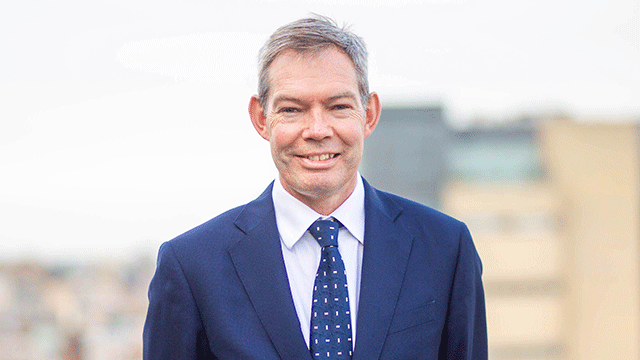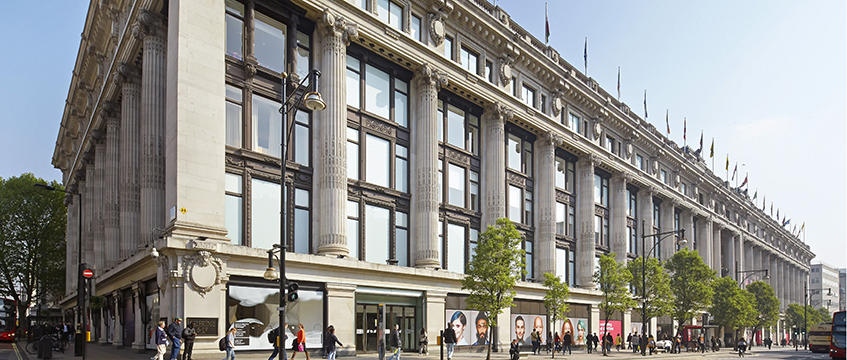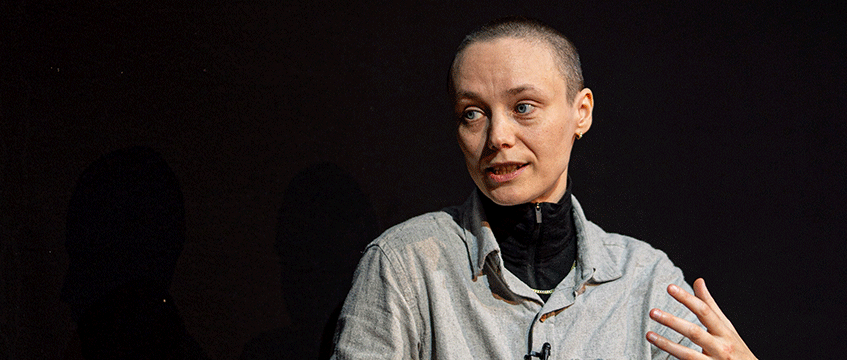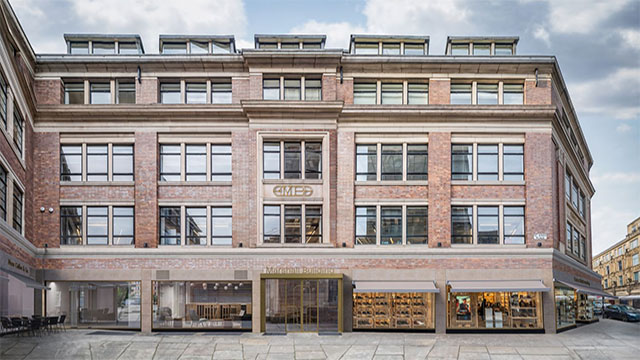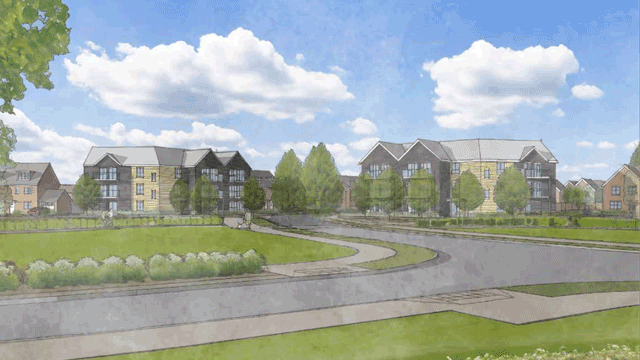Everyone wants to talk to Smith Mordak about time. Or, more accurately, a lack of it.
When Mordak took over from Julie Hirigoyen as chief executive of the UK Green Building Council in June, they were tasked with bringing “an infusion of new creative ideas at a pivotal time”. And Mordak – an engineer, architect, scientist, writer and entrepreneur who is used to delivering fresh thinking – knows everyone is watching the clock.
“It does feel like a big ‘this is the moment’ moment,” says Mordak. “Anyone who works in sustainability is feeling an increase in pressure and sleepless nights because shit is really hitting the fan. We are about to go into a general election and we will probably be electing the last government that is going to have the power to do anything significant in a reasonable time frame.”
How does that feel as the person heading up the industry body at the forefront of positively influencing policy around transforming the sustainability of the built environment? “It’s a huge responsibility,” says Mordak. Particularly given the fact a “broadening interest” around sustainability issues and frustration with the government over climate and net zero policies has seen UKGBC membership numbers jump to 740 organisations.
Speaking at EG’s ESG Summit, Mordak opens up about some of the tangible measures and campaigns they and the UKGBC will be driving forward in the run up to the election and beyond, including the UK’s first roadmap for climate resilience, and explains why they believe adaptation, rather than resilience, will be the industry’s best chance of making a meaningful difference around climate.
Urgent need for action
Since taking the helm at UKGBC, Mordak has had to balance their natural tendency to seek the devil in the detail with an urgent need for action.
“I do try to be rigorous,” says the former head of sustainability and physics at engineering consultant Buro Happold. “I spent the past few years of my career working deeply with engineers and doing an engineering degree myself so was really getting into the technical details of things. But we just need to get on with it. Actions we take might not be perfect but let’s not let perfect stand in the way of good. We have to do the best we can with the information and tools we have right now. We can’t wait for data to 17 decimal places to make a decision.”
Mordak has wasted no time in pushing forward on a number of initiatives over the past six months. Last month the UKGBC announced it is developing the first roadmap for climate change resilience in the UK built environment.
“We need to adapt to a less predictable climate,” says Mordak. “This means ensuring our buildings and infrastructure are ready to withstand increasingly extreme weather, but also ensuring we have the social infrastructure in place so climate breakdown stresses aren’t distributed unfairly.”
By setting measurable metrics and science-based targets for resilience and identifying key actions and policies for industry and government within the roadmap, the hope is that it will not only identify objectives to be hit but will mean national decisions on issues such as flooding can be planned for and prioritised based on data and metrics from different parts of the country.
Mordak has also been a driving force behind the UKGBC’s new Systems Change programme – a plan to change the way the industry thinks and operates when it comes to enabling sustained and effective climate action. Through events, workshops and discussions, the programme calls for companies and individuals across the built environment to rethink the way they approach conversations around climate, decarbonisation and sustainability.
“The key takeaway from this so far is that changing the attitude you bring to a conversation, whether that’s a design meeting or a meeting with an investor, can have a big impact,” says Mordak. “We need to do things so radically differently now and approaching the conversations and interactions we have with openness allows thing to shift a bit more. We are all human with biases. We all think we know what we believe. But it’s important to come into conversations around development and policy being open to having our minds changed.”
Resilience and adaptation
This is where resilience and adaptation come in to play. The former usually has positive connotations.
But Mordak challenges the sector to think differently. “Both of these words are used in discussions around adapting to climate change but resilience feels very fixed and tough like you are building a fortress around you and your asset. It’s like you are saying ‘we will be resilient to change’. Adaptation is much more flexible. Being able to think ‘OK, maybe we are going to have to change how we do things’ at every level and on every scale is what will drive innovation.”
And we do need to change, they add. At the most human level we need to change. Because that is where the barriers lie. “We have the technology we need to make changes,” say Mordak. “We have so many reports highlighting what the issues are and what needs to be done. We know all of that. Those things aren’t the barriers anymore. The problem is that it is difficult to get up in the morning and change what we do on a daily basis. And I don’t mean turning the tap off while you brush your teeth. I mean thinking about things differently. No one has got ‘solving climate change’ on their CV, we all have to muck in because we are running out of time.”
To send feedback, e-mail emily.wright@eg.co.uk or tweet @EmilyW_9 or @EGPropertyNews




